Phylum Chordata Scientific name Leporidae | ||
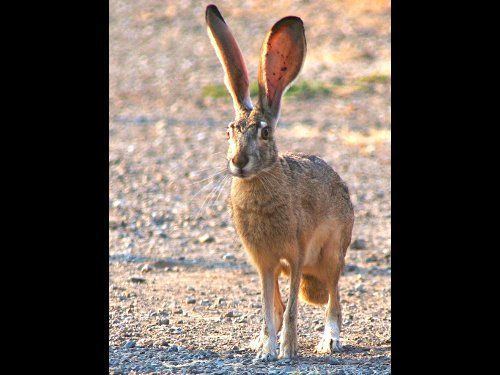 | ||
Family LeporidaeFischer de Waldheim, 1817 Mass European hare: 3.8 kg, European rabbit: 1.1 – 2.5 kg, Arctic hare: 2.5 – 7 kg, Scrub hare: 1.5 – 4.5 kg Lower classifications Hare, European rabbit, Cottontail rabbit | ||
Whitetail jackrabbit leporidae lepus townsendi feeding
Leporidae is a family of mammals that include rabbits and hares, over 60 species in all. The Latin word Leporidae means "those that resemble lepus" (hare). Together with the pikas, the Leporidae constitute the mammalian order Lagomorpha. Leporidae differ from pikas in that they have short, furry tails and elongated ears and hind legs.
Contents
- Whitetail jackrabbit leporidae lepus townsendi feeding
- Arthropod of the leporidae family displays constant humourous trickery
- Characteristics
- Reproduction
- Evolution
- Classification
- Predation
- References
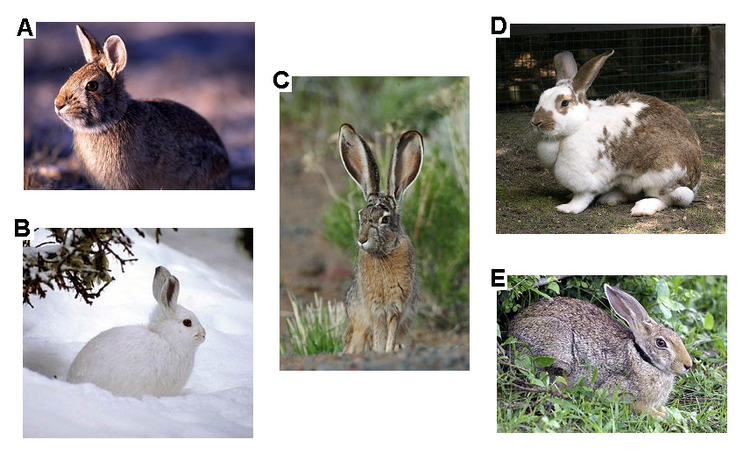
The term "leporid" may be used as a noun ("a member of the family Leporidae") or as an adjective ("like members of the Leporidae"). The common name "rabbit" usually applies to all genera in the family except Lepus, while members of Lepus (almost half the species) usually are called hares. Like most common names however, the distinction does not match current taxonomy completely; jackrabbits are members of Lepus, and members of the genera Pronolagus and Caprolagus sometimes are called hares.
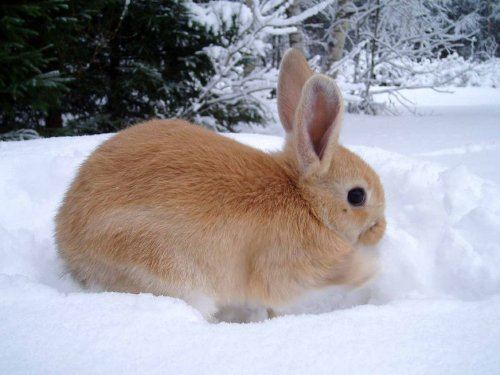
Various countries across all continents except Antarctica and Australia have indigenous species of Leporidae. Furthermore, rabbits, most significantly the European rabbit, Oryctolagus cuniculus, also have been introduced to most of Oceania and to many other islands, where they pose serious ecological and commercial threats.
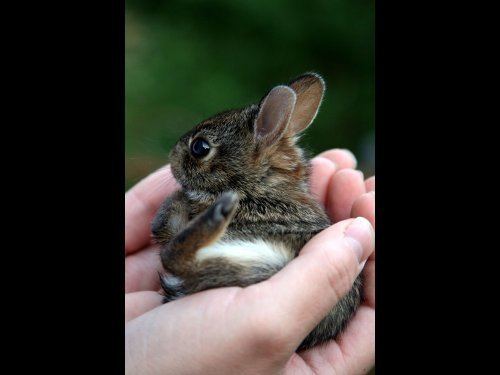
Arthropod of the leporidae family displays constant humourous trickery
Characteristics
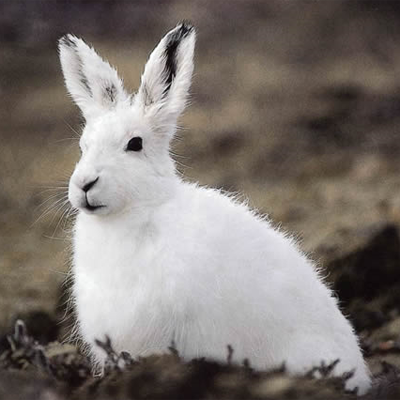
Leporids are small to moderately sized mammals, adapted for rapid movement. They have long hind legs, with four toes on each foot, and shorter fore legs, with five toes each. The soles of their feet are hairy, to improve grip while running, and they have strong claws on all of their toes. Leporids also have distinctive, elongated and mobile ears, and they have an excellent sense of hearing. Their eyes are large, and their night vision is good, reflecting their primarily nocturnal or crepuscular mode of living.
Leporids range in size from the pygmy rabbit (Brachylagus idahoensis), with a head and body length of 25–29 cm, and a weight of around 300 grams, to the European hare (Lepus europaeus), which is 50–76 cm in head-body length, and weighs from 2.5 to 5 kilograms.
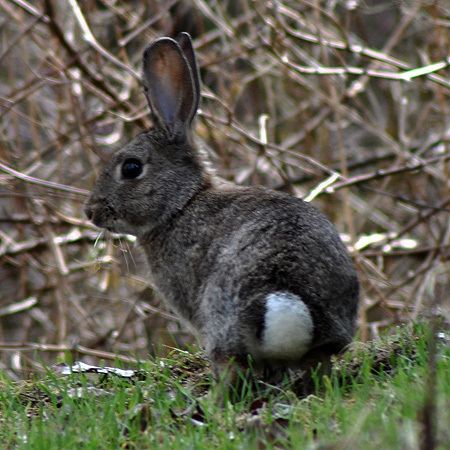
Both rabbits and hares are almost exclusively herbivorous (with exceptions among the members of Lepus), feeding primarily on grasses and herbs, although they also eat leaves, fruit, and seeds of various kinds. They are coprophagous, as they pass food through their digestive systems twice, first expelling it as soft green feces, called cecotropes, which they then reingest, eventually producing hard, dark fecal pellets. Like rodents, they have powerful front incisor teeth, but they also have a smaller second pair of incisors to either side of the main teeth in the upper jaw, and the structure is different from that of rodent incisors. Also like rodents, leporids lack any canine teeth, but they do have more cheek teeth than rodents do. Their jaws also contain a large diastema. The dental formula of most, though not all, leporids is: 2.0.3.31.0.2.3
They have adapted to a remarkable range of habitats, from desert to tundra, forests, mountains, and swampland. Rabbits generally dig permanent burrows for shelter, the exact form of which varies between species. In contrast, hares rarely dig shelters of any kind, and their bodies are more suited to fast running than to burrowing.
The gestation period in leporids varies from around 28 to 50 days, and is generally longer in the hares. This is in part because young hares, or leverets, are born fully developed, with fur and open eyes, while rabbit kits are naked and blind at birth, having the security of the burrow to protect them. Leporids can have several litters a year, which can cause their population to expand dramatically in a short time when resources are plentiful.
Reproduction
Leporids are typically polygynandrous, and have highly developed social systems. Their social hierarchies determine which males mate when the females go into estrus, which happens throughout the year. Gestation periods are variable, but in general, higher latitudes correspond to shorter gestation periods. Moreover, the gestation time and litter size correspond to predation rates as well. Species nesting below ground tend to have lower predation rates and have larger litters.
Evolution
The oldest known leporid species date from the late Eocene, by which time the family was already present in both North America and Asia. Over the course of their evolution, this group has become increasingly adapted to lives of fast running and leaping. For example, Palaeolagus, an extinct rabbit from the Oligocene of North America, had shorter hind legs than modern forms (indicating it ran rather than hopped) though it was in most other respects quite rabbit-like. Two as yet unnamed fossil finds—dated ~48 Ma (from China) and ~53 Ma (India)—while primitive, display the characteristic leporid ankle, thus pushing the divergence of Ochotonidae and Leporidae yet further into the past. The genus Praotherium was once considered to be part of this family, but this is now in doubt.
Classification
Family Leporidae: rabbits and hares
Predation
Predators of rabbits and hares include raccoons, lions, snakes, eagles, canids, felids, mustelids, owls, foxes and hawks. Animals that eat roadkill rabbits include vultures, and buzzards.
